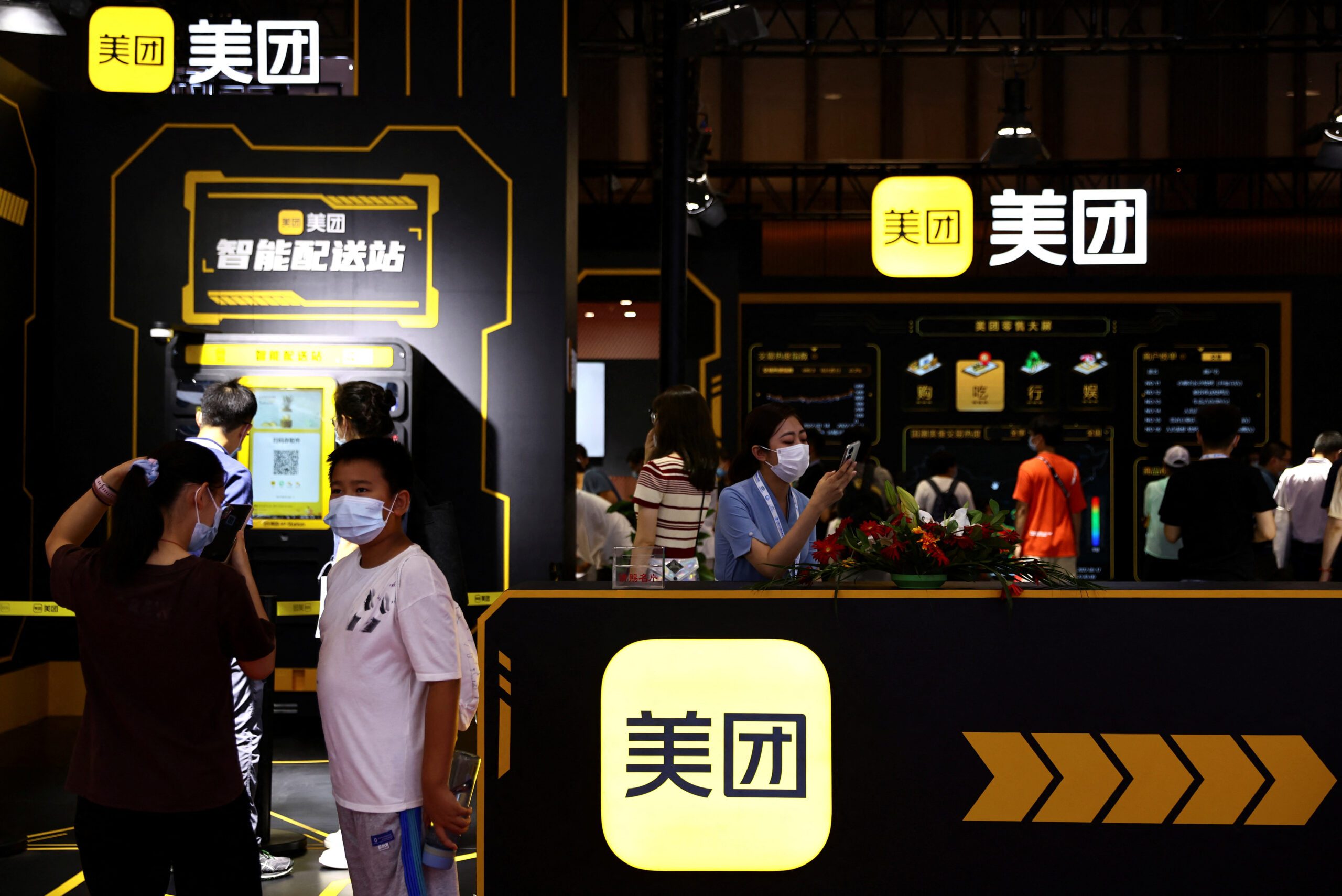TOKYO, Japan — SoftBank Group’s second Vision Fund is on an investing frenzy, with one new company target added every day on average. According to data from the Japanese tech organization, Vision Fund 2’s investment intentions span a total of 129 companies as of June 18, with 34 additional targets added over the previous month. The investment committee has authorized another 44 enterprises, bringing the total number of targets to 85. SoftBank’s second Vision Fund is expected to outperform the first fund’s portfolio of 92 companies. According to records released during SoftBank’s shareholders meeting on June 23, Vision Fund 2 increased its investment commitment to $40 billion between the end of March and June 18. Over the course of a year, SoftBank sold or cashed in $50.6 billion in group assets, exceeding the $41 billion target established in March 2020. The remainder of the proceeds appear to have gone back into fund investments after share buybacks and debt payments. The Vision Funds invest in artificial intelligence unicorns as well as other firms with a potential value of $1 billion or more. Following the coronavirus pandemic, the Japanese conglomerate reduced its investment activities, but it has now resumed its offensive. The recent flurry of purchases is fueled in part by a rebound in the funds’ earnings. For the fiscal year that ended in March, the Vision Fund company earned more than 6.35 trillion yen ($57.4 billion) in net investment gains. Multiple targets, such as South Korean e-commerce behemoth Coupang, were listed, considerably increasing the value profit. Vision Fund 2 appears to have a different strategy than Vision Fund 1. The most significant difference is the small amount of the investments. Vision Fund 1 has spent an average of $931 million on each goal as of the end of March. The Vision Fund 2, on the other hand, invested $6.7 billion in 44 targets for an average of only $152 million per target. The implosion of WeWork, which forced SoftBank Group to bail out the shared-office company, caused Vision Fund 1 to run into financial troubles. Following that, the Japanese tech investor stated that he would not engage in any additional rescue funding, even if it meant a number of targets will fail. The risk of a firm going bankrupt is always present when it receives early-stage funding. A smaller investment in a company yields lower returns, but it reduces the danger of losing money. SoftBank’s well-known brand has made it possible to invest quickly. According to CB Insights, a U.S. analytics firm, the organization had the second-longest list of unicorns in its holdings during the first calendar quarter. Vision Fund 2 has made a point of investing in health-tech firms. At the end of March, 12 of the fund’s 44 portfolio firms were in that industry. However, the investment frenzy raises concerns about SoftBank’s risk management practices. Coupang’s stock began to underperform a month after it debuted on the New York Stock Exchange in March. Other targets have met the same fate. SoftBank appears to be keeping its foot on the throttle, but market conditions could force the company to go on the defense once more./n
Read MoreSoftBank Vision Fund 2 cranks up investment to one company per day
2021-06-30T16:54:44-04:00June 30th, 2021|





